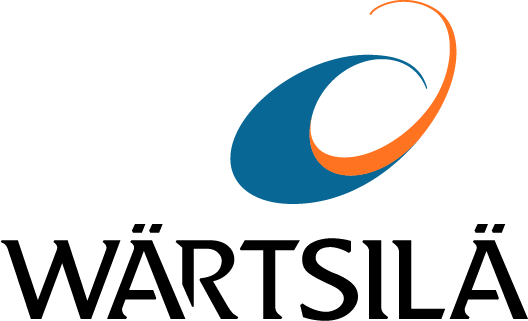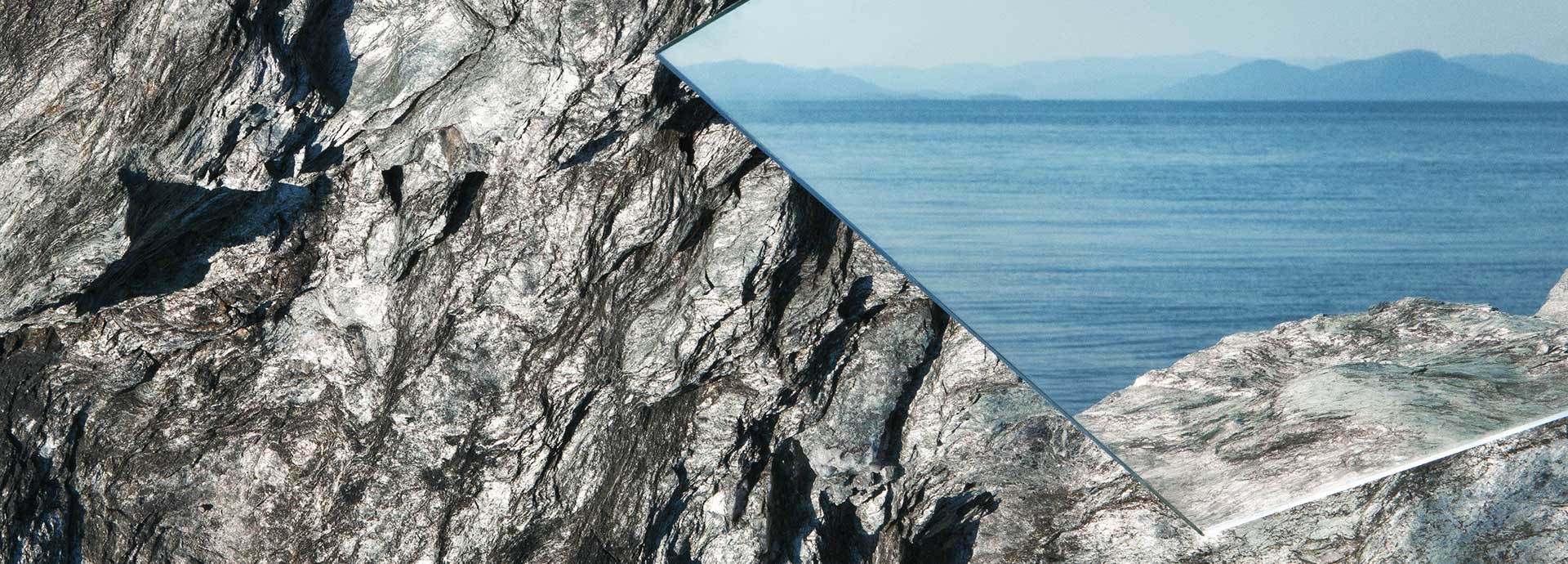

I
226 results
see International Bulk Chemical Code.
The ice-strengthened area of the shell plating, usually divided into the forward region, the midship region and the aft region.
An ice cap climate is a polar climate where no mean monthly temperature exceeds 0 °C (32 °F).
A class notation given to vessels, which have additional strengthening to enable them to operate in ice bound regions.
For the operation in the Baltic, the Finnish-Swedish Ice Class Rules (FSICR) and the Russian Maritime Register (RMR) Ice Class Rules (Non-Arctic Sea Area Requirements) are applied.
An Ice house, or icehouse, is a building used to store ice throughout the year, commonly used prior to the invention of the refrigerator. Some were underground chambers, usually man-made, close to natural sources of winter ice such as freshwater lakes, but many were buildings with various types of insulation.
Ice storage air conditioning is the process of using ice for thermal energy storage.
Ships intended for navigation in ice conditions are specially reinforced. Ice strengthening concerns the side shell structure, stem, stern frame steering gear, propeller and shafting.
Temperature in the Baltic, typically –15°C. Temperature in the Artic, down to –40°C.
A vessel used for keeping a navigable passage open through ice. Icebreakers are grouped in ice classes according to the thickness of the ice to be broken.
Finland is entirely dependent on icebreakers to keep its trade routes open in winter. Icebreakers are normally in operation from mid November until the end of May.
VITUS BERING is the icebreaking platform supply and emergency rescue vessel built by Arctech shipyard at Helsinki.
An azimuthing, pulling thruster developed by Wärtsilä and designed to 1A Super Ice Class or higher standards.
Icing caused by freezing sea spray or snow forming a layer of ice on deck and superstructure when operating in low temperatures may have major impact on the safety and general operation of a vessel.
A graphic symbol.
Laser-welded sandwich panels, developed by Macor Neptun and Meyer Werft, used as a deck construction material.
An ideal gas is a theoretical gas composed of many randomly moving point particles that are not subject to interparticle interactions.
The ideal gas law, also called the general gas equation, is the equation of state of a hypothetical ideal gas.
IEC 61400 is an International Standard published by the International Electrotechnical Commission regarding wind turbines.
Igneous rock, or magmatic rock, is one of the three main rock types, the others being sedimentary and metamorphic.